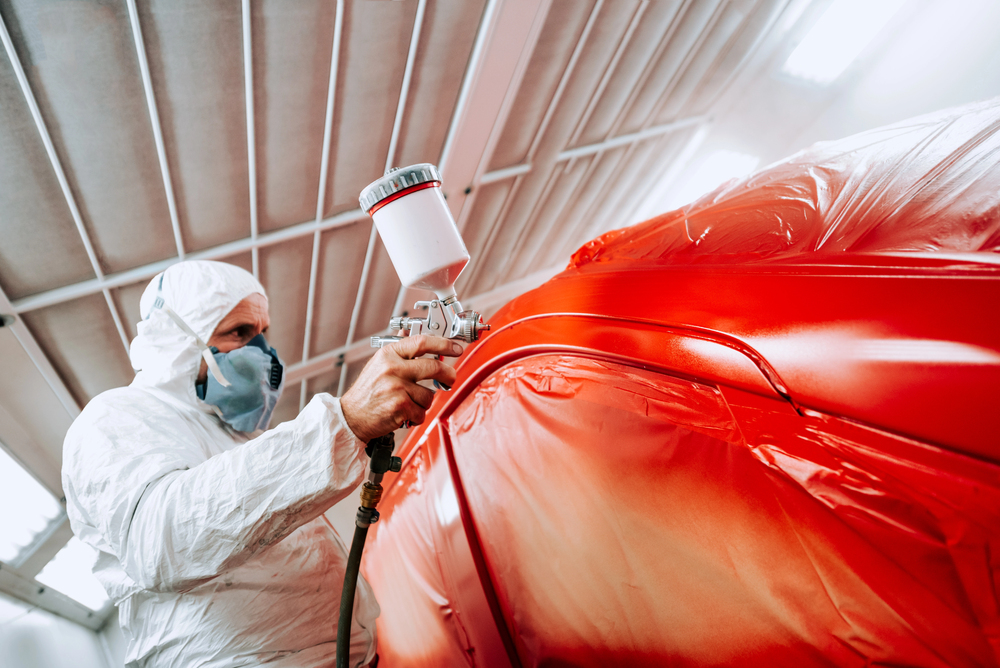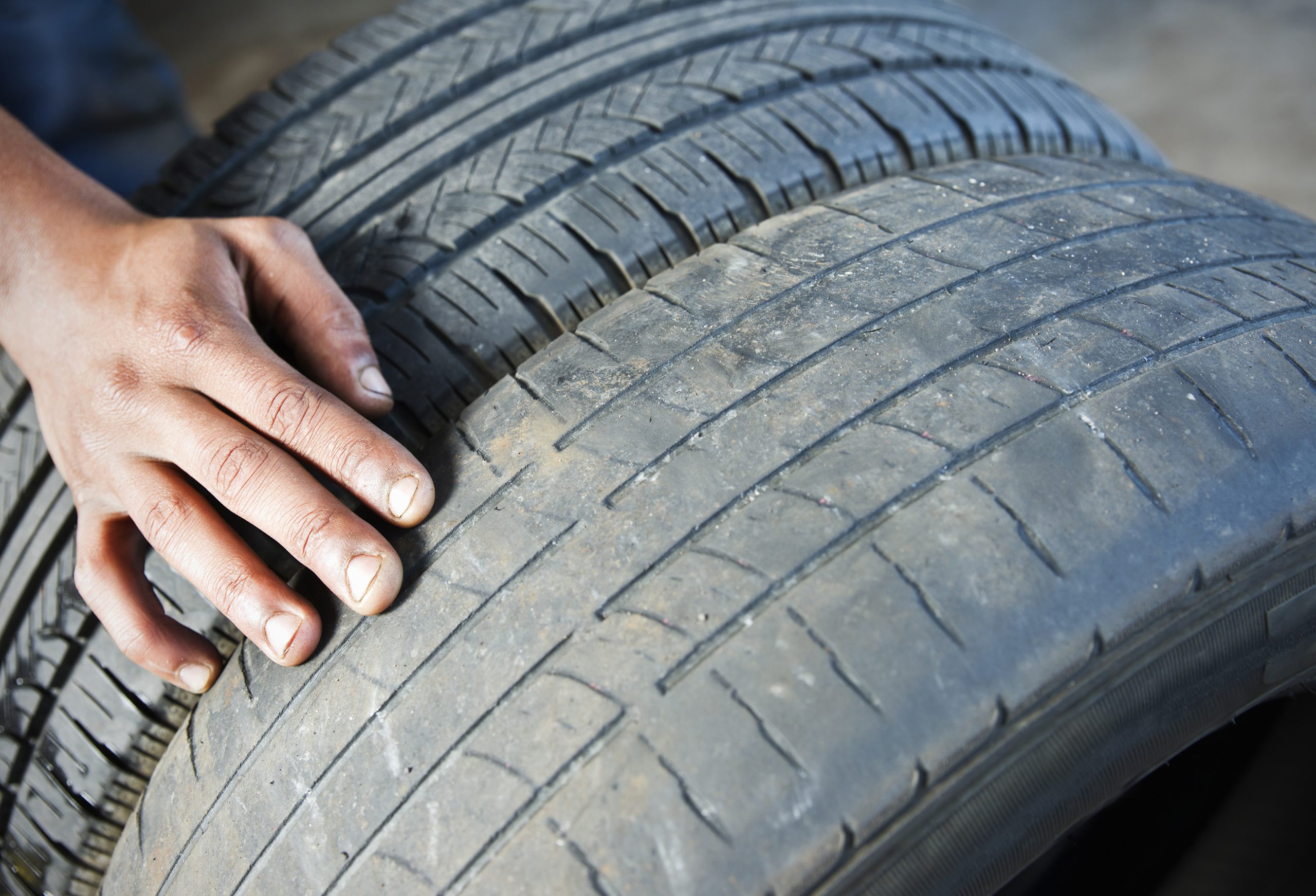8 Ways To Extend The Life Of Your Tyres
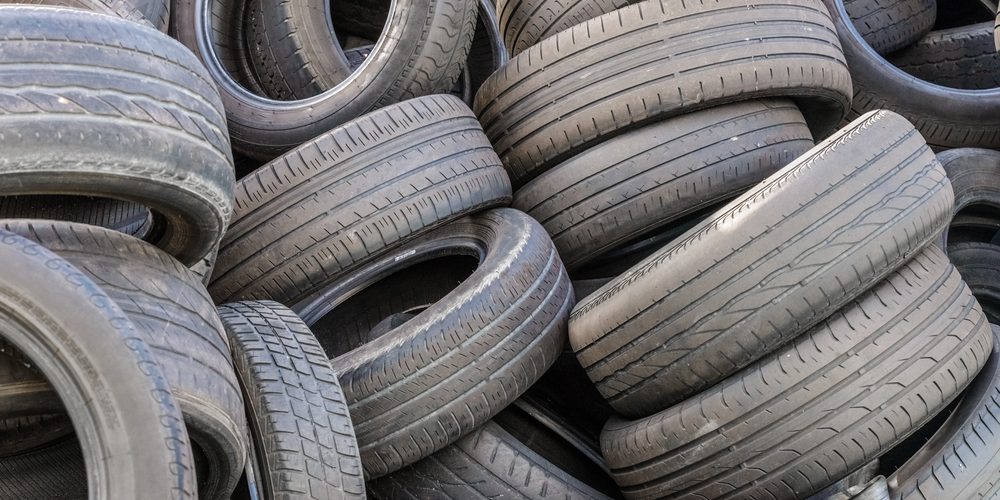
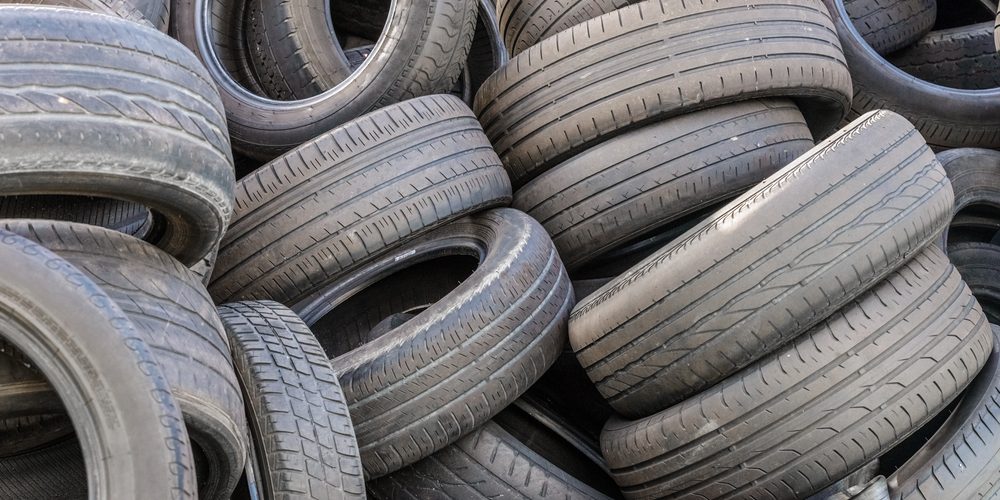
Tyres play a direct role in safety, comfort, and fuel efficiency, yet many drivers shorten their lifespan without realizing it. Small habits on the road and simple maintenance steps make a significant difference in how long tyres perform well. Knowing how to extend tyre life helps save money and keeps every drive safer.
This article explains practical ways to protect tyres from unnecessary wear, from driving habits to routine care. By following these methods, anyone can get more reliable performance while avoiding common mistakes that reduce tyre longevity.
8) Avoid overloading your vehicle

Carrying more weight than the vehicle was built to handle places extra strain on the tyres. Excess load increases friction and heat, which accelerates tread wear and weakens the tyre structure.
Manufacturers provide weight limits in the owner’s manual or on the tyre information label. Drivers should check these limits and keep loads within the recommended capacity.
Evenly distributing weight across the car helps prevent one tyre from wearing faster than the others. Uneven pressure can lead to poor handling and reduced stability.
Heavy loads also increase stopping distance. This means tyres have to work harder under braking, which shortens their usable life.
By avoiding overloading, drivers reduce unnecessary stress on tyres and help maintain consistent performance over time. This simple habit extends tyre life and keeps the vehicle safer on the road.
7) Drive at moderate speeds to reduce tire stress

Driving at steady, moderate speeds helps reduce the strain placed on tires. High speeds generate more heat, which accelerates tread wear and weakens the rubber over time. By keeping speed under control, drivers can extend tire life and maintain safer handling.
Sudden acceleration and hard braking also increase stress on tires. These actions cause uneven wear and can shorten the service life of each set. Smooth driving habits allow tires to wear more evenly across the surface.
Maintaining moderate speeds can also improve fuel efficiency. Less rolling resistance means the engine works more smoothly, which benefits both the tires and the vehicle. This small adjustment in driving style adds up to longer-lasting tires and fewer replacements.
6) Keep your wheels aligned properly
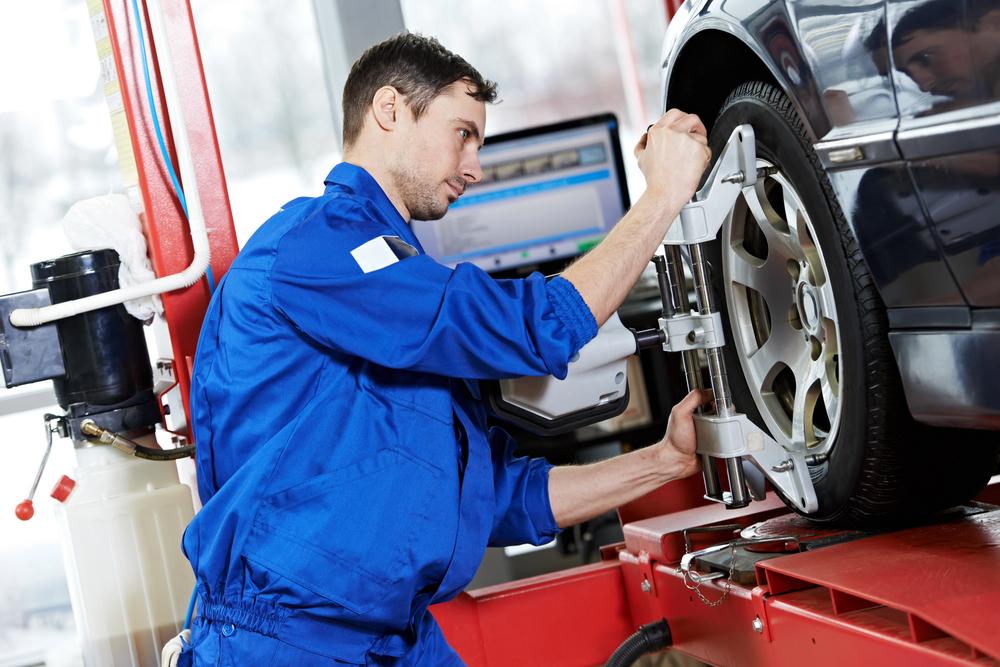
Wheel alignment makes sure the tires meet the road at the correct angle. When alignment is off, tires wear unevenly and lose tread faster. This shortens their lifespan and forces earlier replacement.
A properly aligned vehicle also handles more predictably. The steering feels stable, and the car tracks straight without pulling to one side. This reduces strain on both the tires and suspension parts.
Regular checks help spot small alignment issues before they cause serious wear. Hitting potholes, curbs, or speed bumps can knock wheels out of position. Even slight misalignment can affect tire life over time.
Most mechanics recommend checking alignment every 12,000 to 15,000 miles or after noticeable impacts. Drivers who cover rough roads may need inspections more often. Keeping alignment in check saves money by extending tire use and avoiding premature replacements.
Balanced alignment also improves fuel efficiency. Tires rolling evenly create less resistance, which means the engine uses less fuel. This simple maintenance step supports safer driving and longer-lasting tires.
5) Avoid sudden braking and sharp turns
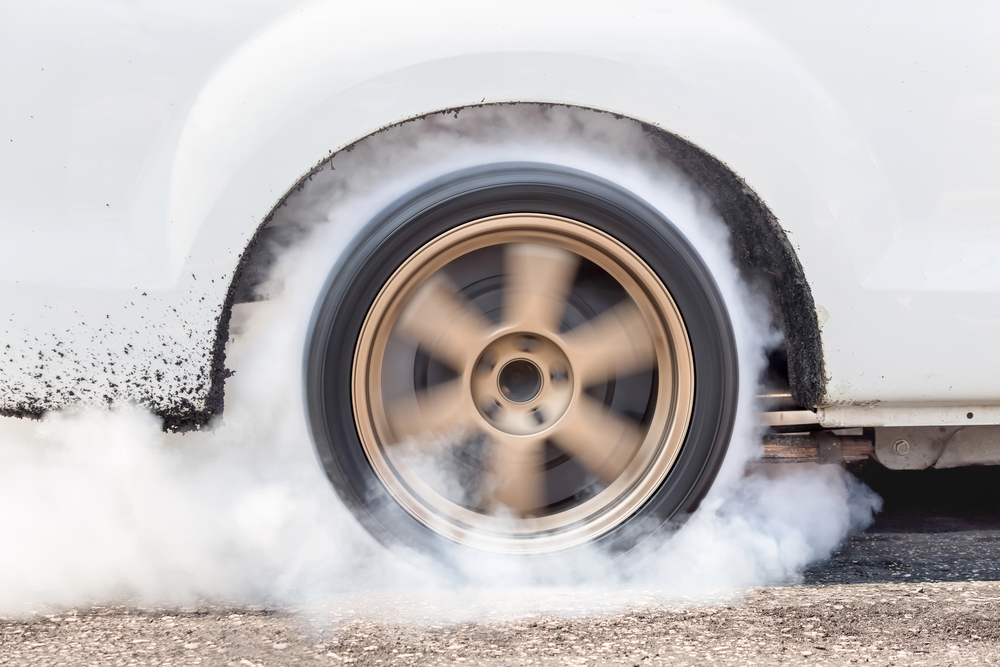
Sudden braking puts excessive pressure on tyres, creating uneven wear and reducing tread life. The heat generated from abrupt stops can also weaken the rubber over time. Smooth and gradual braking helps tyres maintain better grip and last longer.
Sharp turns cause the tyre edges to grind against the road surface with added force. This leads to faster wear on the shoulders of the tyres, shortening their usable lifespan. Taking corners steadily reduces this strain.
Driving with more control also improves safety. By anticipating traffic flow, drivers can slow down gradually instead of relying on hard braking. This habit lowers stress on tyres, brakes, and suspension.
Avoiding aggressive steering movements keeps tyres in contact with the road more evenly. Consistent handling reduces the risk of skidding and helps maintain even tread wear.
Practicing smoother driving habits requires attention, but the payoff is longer tyre life and fewer replacements over time.
4) Inspect tires regularly for cracks, bulges, and tread depth
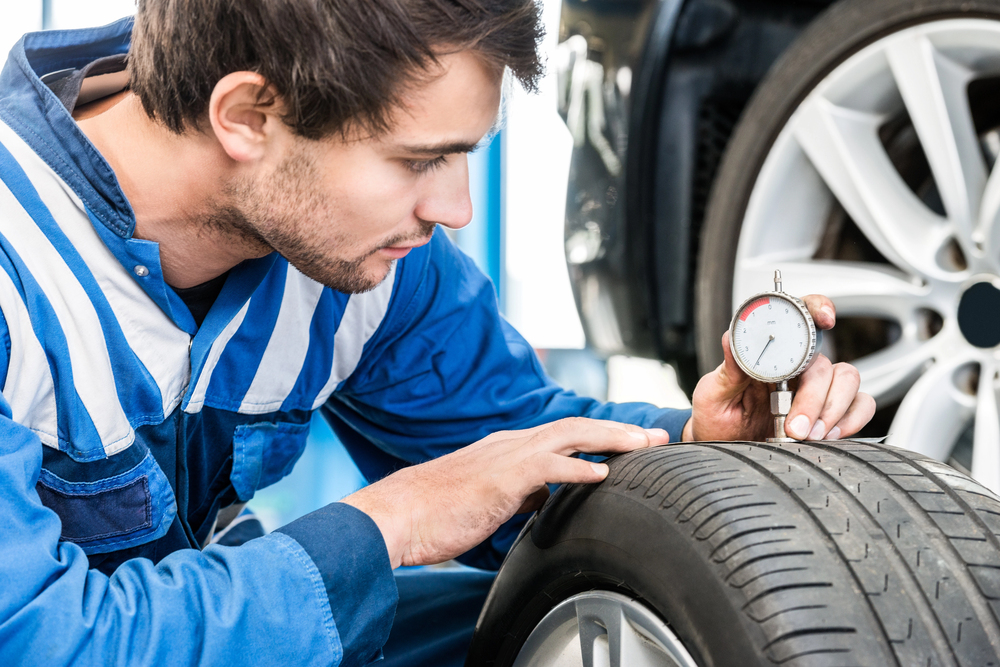
Regular inspections help identify early signs of wear that affect safety and performance. Checking for cracks in the sidewalls or tread can show if the rubber is aging or weakening. Small cracks can spread over time, so spotting them early prevents bigger problems.
Bulges on a tire usually signal internal damage. These weak spots can fail under pressure, making it risky to keep driving. If a bulge appears, the tire should be replaced without delay.
Tread depth directly affects grip on wet or uneven roads. Using a tread gauge or the edge of a coin gives a quick reading of how much tread remains. Shallow tread increases stopping distance and reduces traction.
Inspecting all four tires is important, as uneven wear can indicate alignment or suspension issues. If one tire shows more wear than the others, the vehicle may need adjustment. Regular checks help keep driving safer and extend tire life.
3) Balance your tires to prevent uneven wear
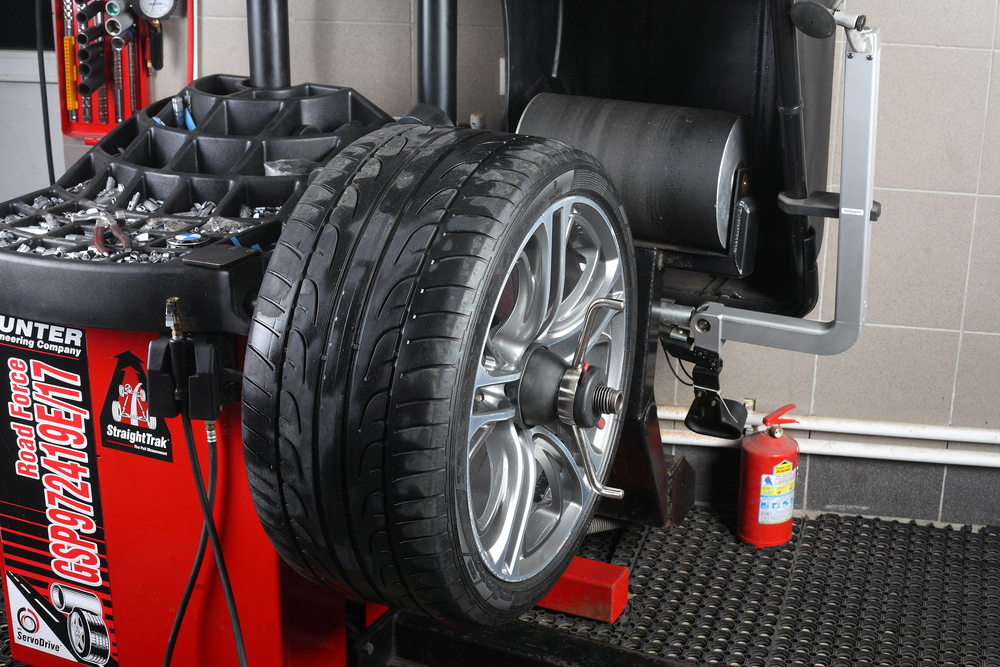
Tire balancing spreads weight evenly across the wheel and tire assembly. When the balance is off, the tire can wear faster in certain spots, shortening its lifespan. Drivers often notice this problem as vibrations in the steering wheel or seats.
Balancing helps the tires make consistent contact with the road. This reduces irregular tread wear and improves ride comfort. It also supports better handling at both low and high speeds.
Most technicians recommend checking the balance whenever new tires are installed. It is also useful to balance them during routine rotations if vibrations are present. This helps keep the tires in good condition for longer periods.
Even small weight differences can affect performance. A few grams of imbalance can lead to uneven wear and increased stress on suspension parts. Regular balancing prevents these issues and saves money on premature replacements.
2) Rotate your tires every 5,000 to 8,000 miles
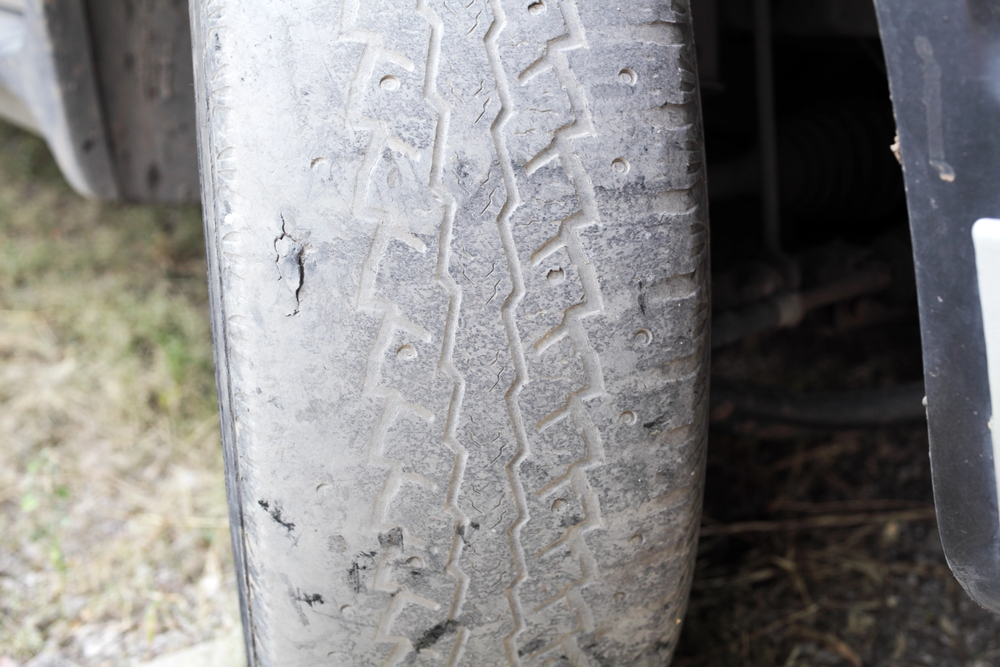
Tire rotation spreads wear more evenly across all four tires. Front and rear tires often wear at different rates because of braking, steering, and drivetrain forces. By swapping their positions, drivers can help extend tread life.
Most experts recommend rotating tires every 5,000 to 8,000 miles. This interval often lines up with oil changes, making it easier to keep on schedule. Checking the owner’s manual is useful since some vehicles have specific patterns or timing.
Rotation patterns vary depending on whether a car is front-wheel, rear-wheel, or all-wheel drive. Following the correct pattern helps keep handling consistent and prevents uneven grip.
Consistent rotation also supports better fuel efficiency and smoother driving. Even tread wear reduces road noise and helps the vehicle maintain balanced traction.
Skipping rotations can lead to premature tire replacement. Uneven wear might shorten the lifespan of a set, costing more in the long run. Regular rotation is a simple step that pays off in both performance and savings.
1) Check and maintain proper tire pressure monthly
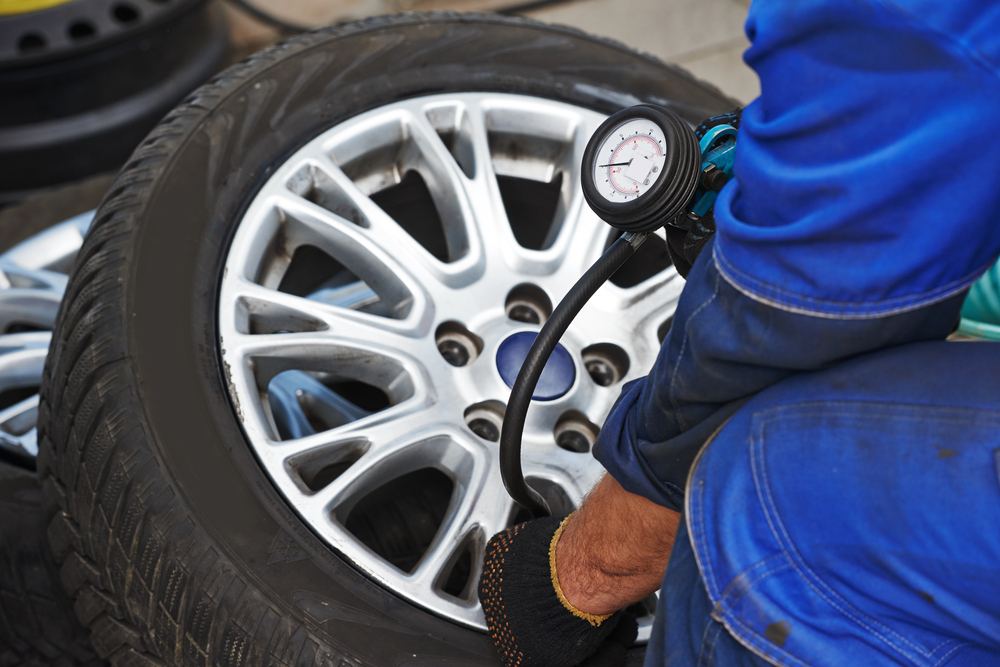
Tires lose air naturally over time, often about one pound per square inch each month. Seasonal temperature changes can also raise or lower pressure, which makes monthly checks necessary for consistent performance.
Driving with underinflated tires increases wear on the edges and reduces fuel efficiency. Overinflated tires, by contrast, wear more in the center and may reduce grip on the road. Both conditions shorten tire life.
A simple gauge and an air pump at a fuel station are usually enough for a quick check. Drivers should compare readings against the manufacturer’s recommended pressure, which is often listed on a sticker inside the driver’s door or in the vehicle manual.
Maintaining the correct pressure supports even tread wear and helps the vehicle handle as intended. Regular checks also reduce the chance of a blowout, which can occur when tires run too low on air.
By making this a monthly habit, drivers keep their tires in better condition and extend their service life. It takes only a few minutes but can save money over time by delaying replacement.
Why Tyre Longevity Matters
Tyres affect fuel costs, driving stability, and the overall lifespan of a vehicle. Keeping them in good condition helps drivers save money while reducing risks on the road.
Benefits of Well-Maintained Tyres
Well-kept tyres reduce rolling resistance, which directly improves fuel efficiency. A car with properly inflated and balanced tyres consumes less fuel because the engine does not work as hard to move the vehicle.
Drivers also spend less on replacements. Extending tyre life by even a few thousand miles means fewer purchases over the years, which adds up to significant savings.
Comfort is another benefit. Even wear patterns help the car ride smoothly, while neglected tyres often create vibration or uneven handling. Tyres that last longer also reduce waste, lowering the number of discarded tyres entering landfills.
Impact on Safety and Performance
Tyres are the only part of the car that touches the road, so their condition directly affects braking and grip. Worn or uneven tyres increase stopping distances, especially on wet or icy surfaces.
Steering precision also suffers when tyres are underinflated or misaligned. This makes it harder to control the vehicle during sudden turns or emergency maneuvers.
Good tread depth helps disperse water and reduces the risk of hydroplaning. Regular checks for cracks, bulges, or uneven wear patterns allow drivers to address problems before they lead to blowouts.
By maintaining tyre health, drivers keep their vehicles safer and more predictable in everyday conditions and during unexpected situations.
Common Tyre Care Mistakes to Avoid
Many tyre problems come from small habits that drivers overlook. Skipping checks or driving with poor pressure settings can shorten tyre life and reduce safety.
Ignoring Regular Inspections
Drivers often forget to look over their tyres until something goes wrong. Small issues like uneven tread wear, cracks, or embedded objects can go unnoticed without routine checks. These problems can grow into bigger risks, leading to blowouts or poor grip on wet roads.
A quick visual inspection once a week helps identify damage early. Checking tread depth with a simple coin test gives a clear idea of remaining grip. If the tread is too shallow, stopping distance increases, especially on slippery surfaces.
Tyres should also be inspected for bulges or cuts along the sidewalls. These signs often mean internal damage, which weakens the tyre structure. Ignoring them can lead to sudden failure while driving.
By making inspections a habit, drivers reduce surprises and extend the service life of their tyres.
Overlooking Proper Inflation
Incorrect tyre pressure is one of the most common mistakes. Under-inflated tyres create more rolling resistance, which wears tread faster and reduces fuel efficiency. Over-inflated tyres, on the other hand, wear in the center and lose road contact, affecting handling.
Manufacturers provide recommended pressure levels, usually listed on a sticker inside the driver’s door or in the owner’s manual. Checking pressure monthly with a reliable gauge helps keep tyres within the safe range.
Temperature changes also influence pressure. Cold weather lowers it, while heat increases it. Drivers should adjust readings accordingly to stay close to the recommended level.
Maintaining proper inflation extends tyre life and also improves safety by keeping braking and cornering performance consistent.
If you enjoyed this article, be sure to follow us on Microsoft Start.




